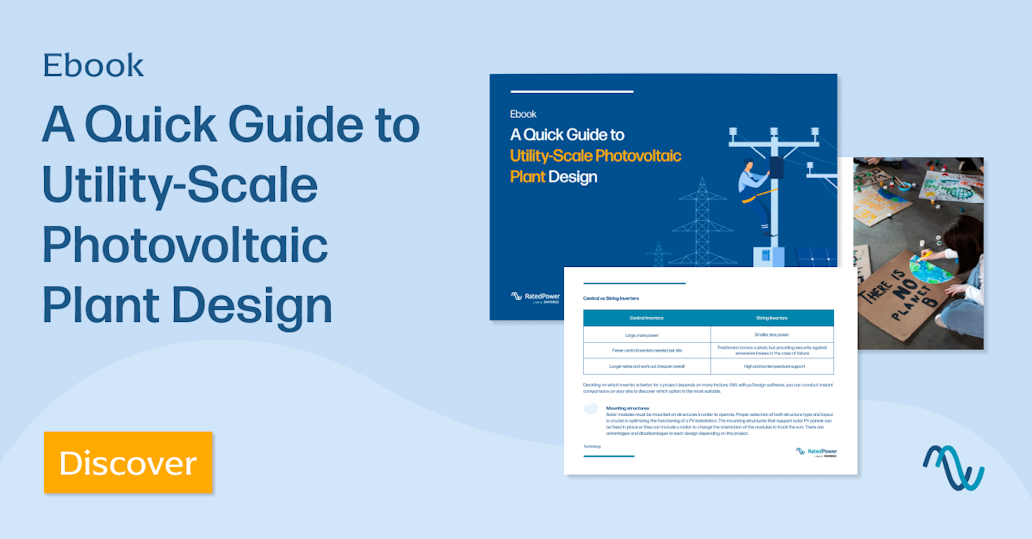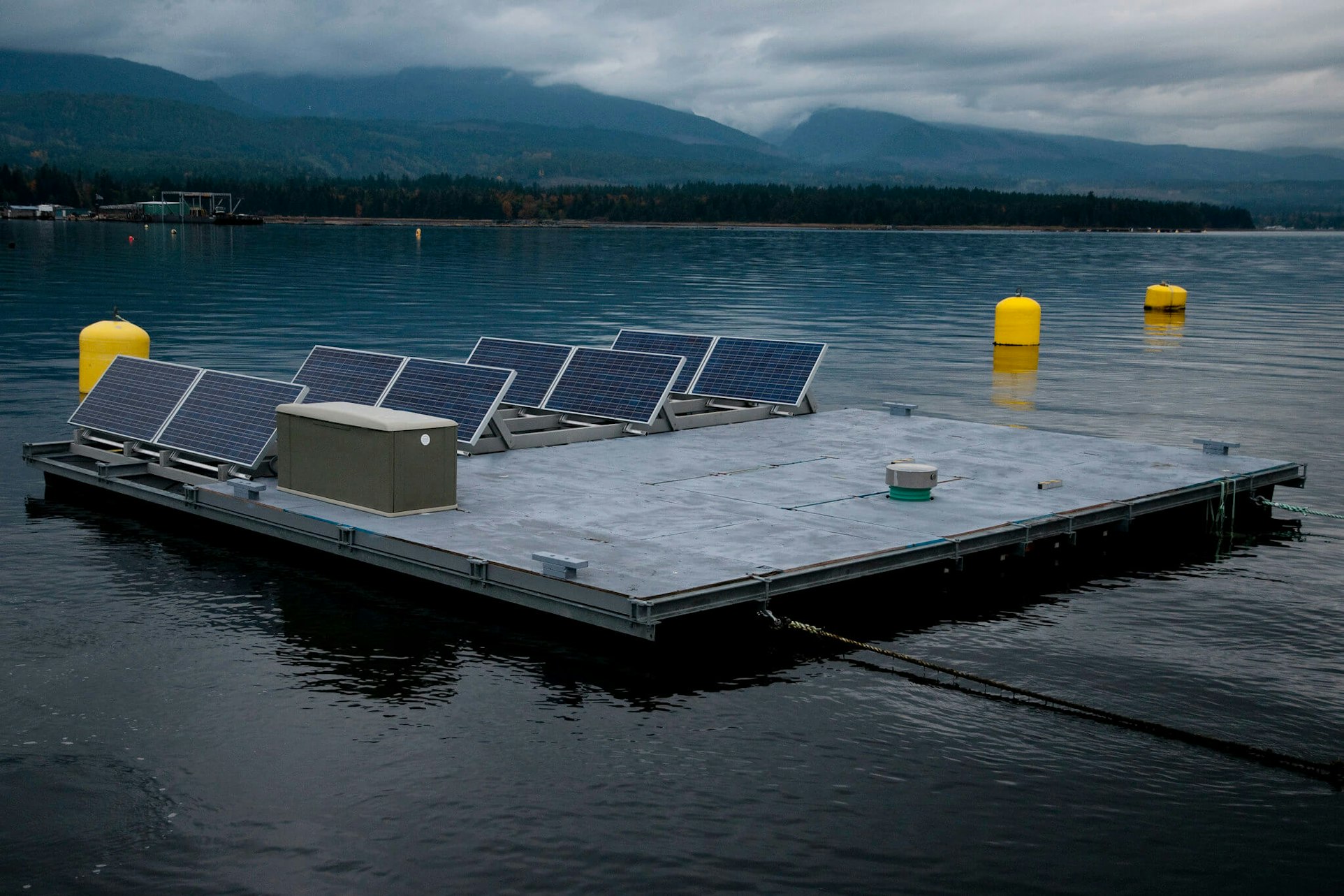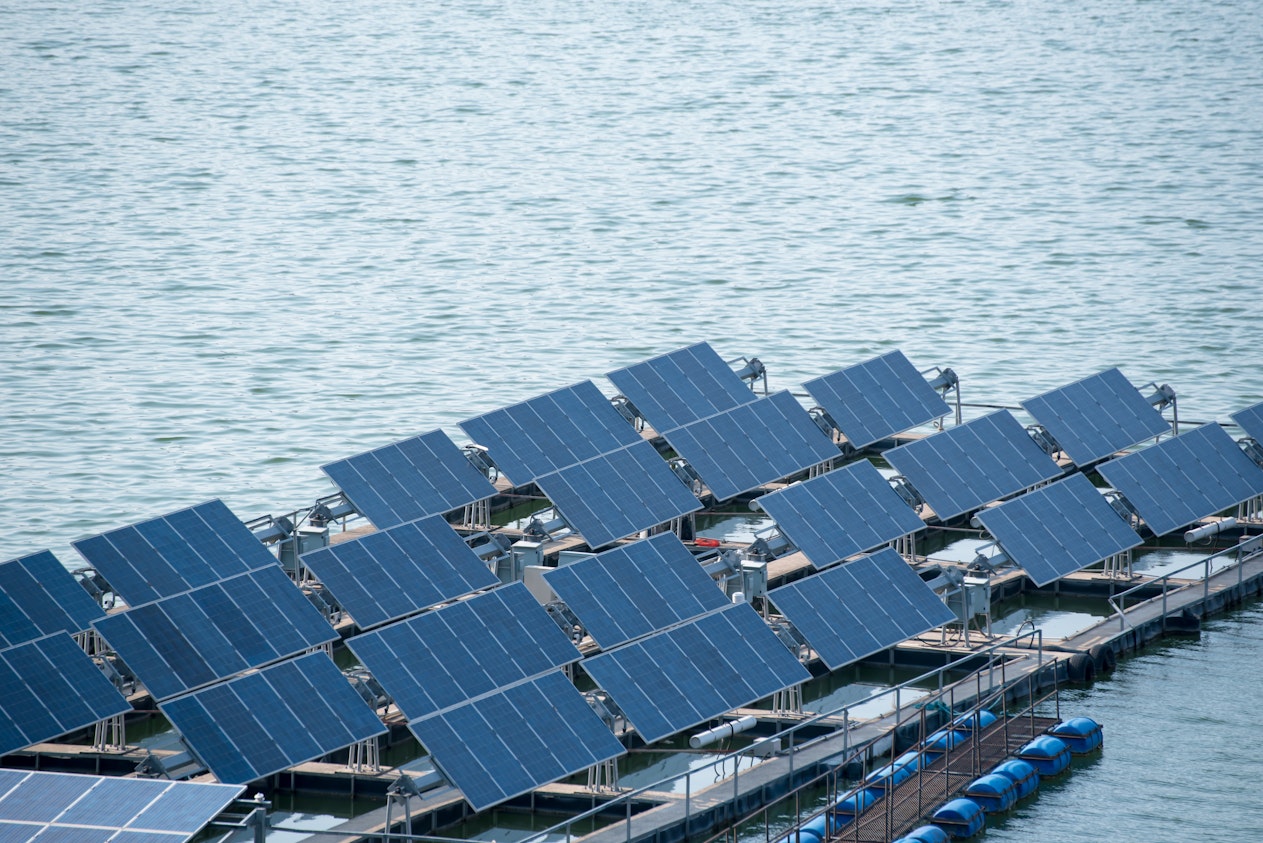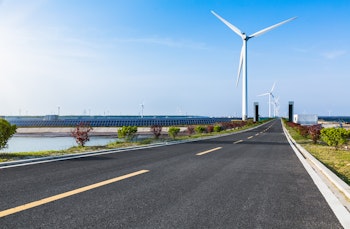The fundamentals of floating solar plants
- Published by
- Reviewed byÁlvaro Benito
![]()
Álvaro Benito
Álvaro is a Software Developer & PV Engineer with a background in Electrical and Electronics Engineering. He joined RatedPower’s Product team over a year ago, specifically the Interconnection team, where he's a key stakeholder on any AC-coupled storage, overhead line and substation-related initiative. In his current role, he is in charge of ensuring that the solutions delivered in RatedPower satisfy both the engineering and the software development requirements. Álvaro is analytical in his approach, and is adamant on making sure his team understands the technical reasons behind every new feature.
14 Mar, 24

A quick guide to utility-scale photovoltaic plant design
This guide will give an overview of the key considerations for designing your next utility-scale solar PV plant.

Read and learn more about floating solar and its potential to support the green transition.
What is floating solar?
Definition of floating solar (also known as floating photovoltaics or floatvoltaics /floatovoltaics): solar panel systems that float on water rather than being fixed to land or buildings.
Floating solar panels mount to structures anchored to the bed or shoreline of a water body, such as a reservoir, lake, pond, or canal. The solar array floats on top of the water, allowing the water to cool the panels, increasing their efficiency.
How do floating solar farms work?
Floating solar farms work like conventional ground-mounted farms, except they float on the water instead of being mounted on the ground. They use the same kind of solar panels and inverter equipment to generate electricity from the sunlight. The floatation devices keeping the system afloat can vary from pontoons to High-Density Polyethylene (HDPE) plastic floats.
Cables from the floating system transmit the generated electricity to connect to the grid onshore. Floating systems need extra engineering considerations compared to land-based systems, like anchoring, floatation, and water protection.
What are the advantages of floating solar panels?
Floating photovoltaic (FPV) systems offer several key advantages compared to conventional ground-mounted solar projects.
Improved efficiency
The cooling effect from the underlying water body lowers solar cell operating temperatures, improving power conversion efficiency. Field data shows floating PV farms consistently outperforming projected yield models with this performance boost allowing solar farmers to generate more power with water-based systems.
Dual land usage
Installing solar panels on lakes, reservoirs, or industrial ponds allows water surfaces to remain available for storage or treatment. This benefit avoids taking up land that can be used for other needs.
Reduced evaporation
Floating solar array coverage forms a protective barrier limiting sunlight exposure and wind. This shading effect decreases water loss from evaporation, saving millions of gallons annually across floating solar farms. Lower evaporation also benefits water quality.
Flood protection
When water levels rise from heavy rains or changing seasons, the floating solar panels will also rise. In this way, floating solar systems are easily able to adapt to changes in water level. Therefore, they are less likely to be damaged by flooding than solar panels fixed on land, allowing for more reliable power output.
What are the disadvantages of floating PV systems?
While floating PV offers advantages, it also comes with some drawbacks to consider:
Higher capital costs
Floating platforms, anchors, and cables add complexity and expenses over basic ground mounts. However, some cost studies show comparable or only slightly higher lifetime costs for floating systems when efficiency gains offset the initial investment.
Unknown longevity
FPV farms have operated reliably for over a decade across pilot projects, but longevity remains unproven and more data is needed into how floating solar panels hold up over decades. Things like wear and tear from weather, declining performance over time, and regular maintenance requirements must be studied over the system's full lifetime.
Grid interconnection complexity
Getting the electricity from the floating solar panels to the grid on land can be difficult as the distance the power must travel across the water can be vast. Special underwater cables, power management devices, and extra safety features are needed. These factors make connecting floating solar to the grid more complex.

5 largest floating solar plants
As floating photovoltaics gains momentum as a viable solar energy solution, massive floating solar farm projects are being developed to generate renewable energy at scale.
China, Singapore, and Thailand currently boast the world's largest operational floating solar installations, ranging from 45MW to over 300MW in capacity. These mega-floating PV farms demonstrate the technology's potential when deployed across the surface areas of reservoirs, lakes, and coastal waters.
The five biggest floating solar plants in the world are trailblazing models of innovation and renewable energy production from waterways. Spanning up to hundreds of acres in size and powering tens of thousands of homes, these projects showcase floating solar's capabilities and promise for much larger future development.
Below is a closer look at each record-breaking floating photovoltaic power plant pushing boundaries today.
1. Dezhou Dingzhuang Floating Solar Farm, China: 320MW
Located in a reservoir in Dezhou, Shandong Province, China
Owned by Beijing electric company Huaneng Power International (HPI)
Completed in two phases of 200MW and 120MW
Connected to a 100MW wind farm and 8 MWh of battery storage
Generates roughly 550 million kWh per year
2. Three Gorges New Energy Floating Solar Farm, China: 150MW
Located in Huainan City, Anhui province, China
Began operations in December 2017
Powers 94,000 households
Uses solar modules from LONGi Solar
3. CECEP Floating Solar Farm, China: 70MW
Owned by China Energy Conservation and Environmental Protection Group
Uses Hydrelio floating solar technology from Ciel & Terre
Covers over 60 hectares with 194,731 solar panels
4. Sembcorp Floating Solar Farm, Singapore: 60MW
Located on the Tengeh Reservoir in Singapore
Consists of 122,000 solar panels across 45 hectares
Developed by Sembcorp Industries
Opened in 2021
5. Sirindhorn Dam Floating Solar Farm, Thailand: 45MW
Located on the Lam Dom Noi River in Thailand
Began operating in 2021
Comprises 145,000 solar panels
Makes the solar panels 15% more efficient due to its water-cooling effect
What potential does floating solar’s in the green transition?
Yes, floating photovoltaic systems have the potential to generate substantial renewable solar energy globally. Some key reasons why floating PV technology promises significant growth are:
Abundant unused water areas
Lakes, reservoirs, ponds, and coastal ocean spaces offer enormous unused surface areas for floating solar installations. One estimate suggests over 400GW floating solar capacity potential across global, man-made water bodies alone.
Higher efficiency
The water's cooling effect boosts the performance of solar panels, with most floating PV systems seeing over 5% greater energy yield vs land-based equivalents. This efficiency advantage improves project cost-effectiveness.
Low environmental impact
Floating PV minimizes land usage while repurposing underutilized water surfaces. The shaded water also has ecological benefits like reduced evaporation and algae growth. To note, careful design is still required to protect waterways.
Favorable policy support
Many countries actively encourage floating solar through incentives for renewable generation. These policy tailwinds and decreasing floating PV costs support substantial industry growth projections.
Scalability and modularity
Floating solar lends itself well to starting small and then scaling up. Modular floating platform building blocks simplify expansion and customization for sites of varying sizes and shapes.
With these advantages, analysts expect over 5GW of floating solar capacity to be online by 2025 globally. So, floating PV's high scalability and efficiency give it exceptional potential for expanded renewable energy production.

Design utility-scale solar at lightning speed
Related glossary posts
Searching results
Related posts
Searching results


